This dart point sharpening techniques guide will teach you how to keep your darts sharp and accurate, significantly improving your game. We’ll cover various methods, from simple at-home techniques to more advanced methods, ensuring you’ll be able to maintain your darts in top condition.
⚠️ Still Using Pen & Paper (or a Chalkboard)?! ⚠️
Step into the future! The Dart Counter App handles all the scoring, suggests checkouts, and tracks your stats automatically. It's easier than you think!
Try the Smart Dart Counter App FREE!Ready for an upgrade? Click above!
Maintaining sharp dart points is crucial for consistent performance. A dull point can lead to bounces, missed shots, and ultimately, frustration. This dart point sharpening techniques guide will empower you to tackle this issue head-on.
Choosing the Right Sharpening Method for Your Darts
Before diving into specific techniques, it’s important to consider the material of your dart points. Different materials require different approaches. Steel-tipped darts, for example, require a different approach than soft-tipped darts. This dart point sharpening techniques guide addresses both, providing tailored advice for each type. The following sections will detail each approach.
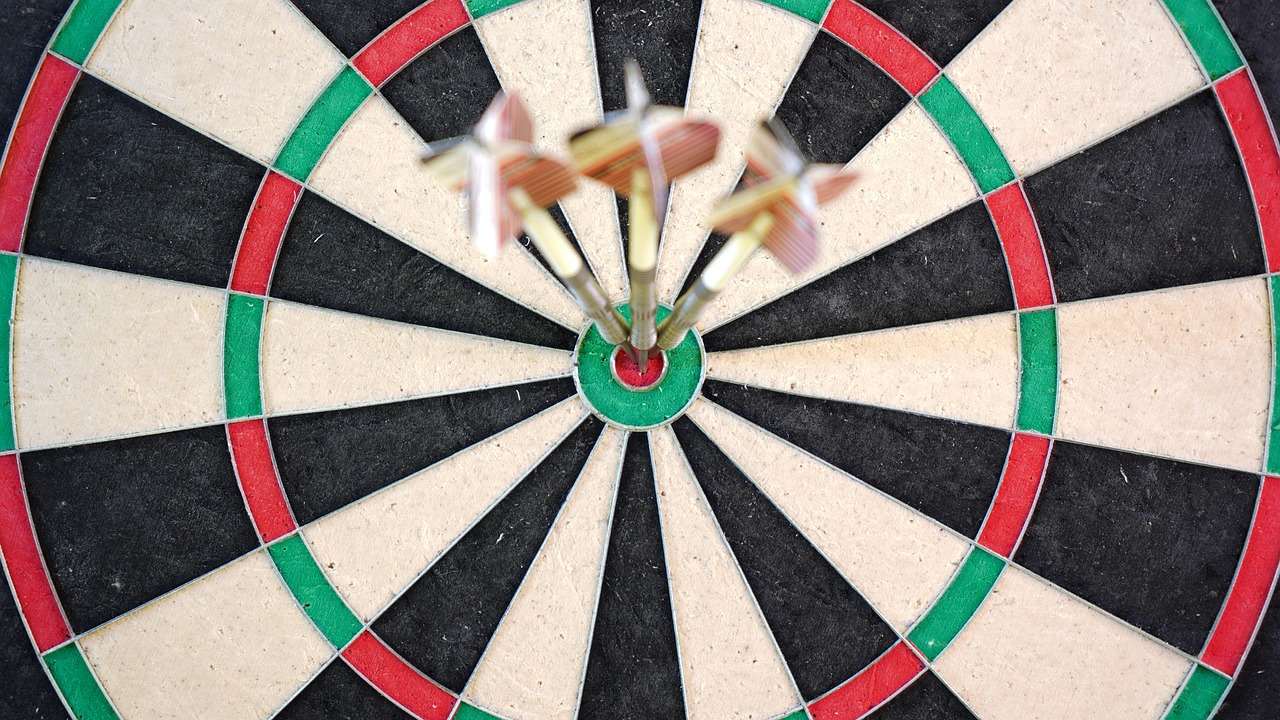
Sharpening Steel-Tipped Darts
Steel-tipped darts, popular in professional and casual play, often require more aggressive sharpening techniques. A common method involves using a fine-grit sharpening stone. Remember to use a very light touch to avoid damaging the point or creating an uneven surface. Start with a coarser grit if the point is significantly damaged, then progress to a finer grit for a polished finish.
Another option for steel-tipped darts is a diamond hone. These are extremely durable and can effectively sharpen even the most stubborn points. Always maintain a consistent angle during sharpening to prevent the point from becoming crooked. Regularly check the point’s sharpness under good lighting to ensure even sharpening.
Sharpening Soft-Tipped Darts
Soft-tipped darts present a different challenge. They are made of softer material, usually nylon or plastic, and therefore require a more gentle approach. Aggressive sharpening techniques can easily damage or deform the point. Generally, soft-tipped darts are not easily sharpened to their original form after significant wear and tear. If your soft tips are damaged significantly, considering replacing them is recommended. Check out our guide on repair vs replace dart equipment online for more information.
For minor dulling, you can try carefully using very fine-grit sandpaper (like 2000 grit or higher) on the tip. But it is crucial to proceed with extreme caution, using very gentle back-and-forth motions. Focus on smoothing out any imperfections rather than attempting to significantly reshape the point. This dart point sharpening techniques guide emphasizes the importance of patience and precision with soft tips.
Essential Tools for Dart Point Sharpening
Having the right tools significantly improves the efficiency and safety of your sharpening process. Here’s a list of tools recommended for this dart point sharpening techniques guide:
- Fine-grit sharpening stone (various grits)
- Diamond hone (optional, but highly effective for steel tips)
- Fine-grit sandpaper (2000 grit or higher, for soft tips)
- Magnifying glass (to inspect the point closely)
- Protective gloves (to avoid accidental cuts or scratches)
- Soft cloth (to clean and polish the points)
Remember, safety is paramount. Always wear protective gloves and work in a well-lit area. Take your time and avoid rushing the process; proper sharpening requires patience and precision.
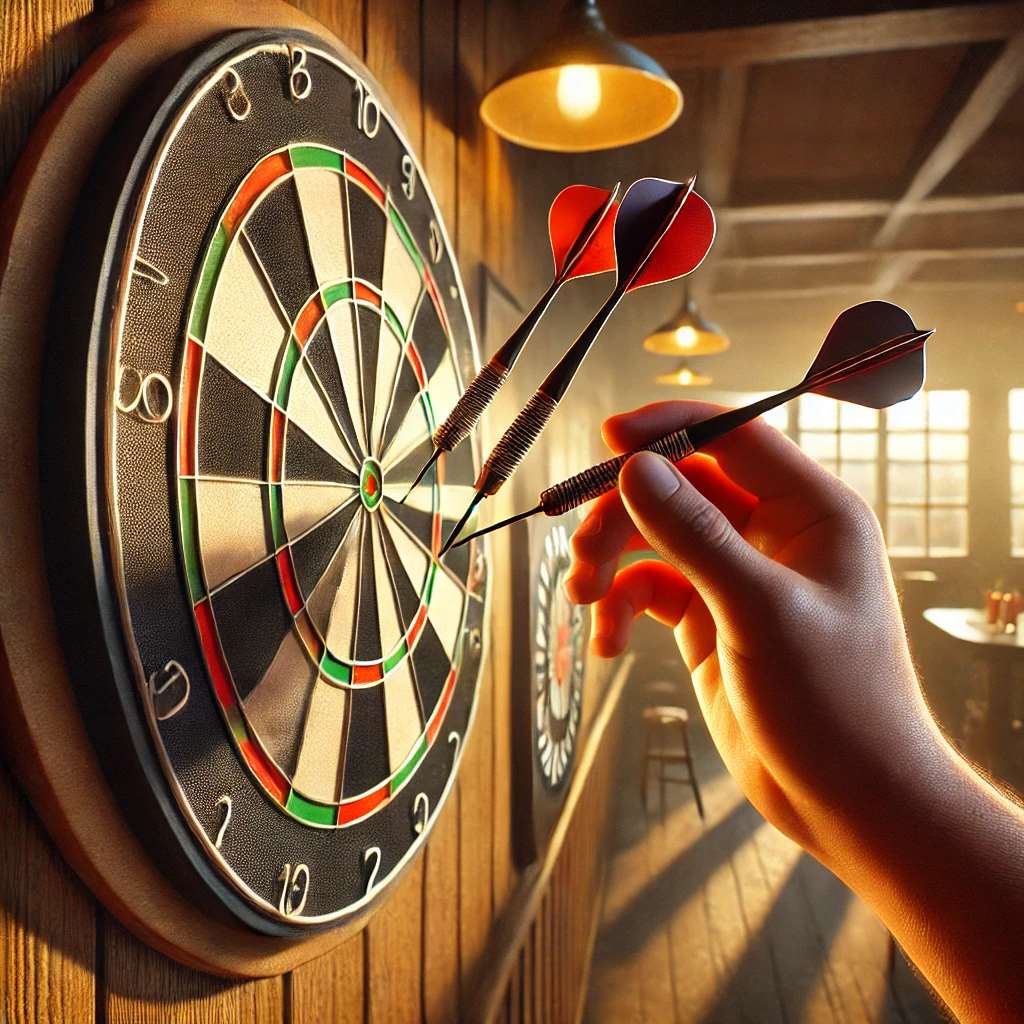
Step-by-Step Guide: Sharpening Steel-Tipped Darts
This section offers a detailed step-by-step guide on effectively sharpening your steel-tipped darts. This approach forms a core component of this dart point sharpening techniques guide:
- Inspect the point: Examine the dart point closely under good lighting to assess the damage. Note any significant bends or chips.
- Secure the dart: Hold the dart firmly but gently. Avoid applying excessive pressure that could cause the dart to slip or break.
- Choose your grit: If the point is severely damaged, start with a coarser grit stone. For minor dulling, begin with a finer grit immediately.
- Maintain consistent angle: Hold the sharpening stone at a consistent angle (around 20-30 degrees). Avoid changing the angle during the sharpening process to ensure an even point.
- Use light pressure: Apply gentle, even pressure during sharpening. Avoid excessive pressure which can lead to damage or uneven sharpening.
- Rotate the dart: Rotate the dart slowly as you sharpen to achieve an even point. Using a slow, deliberate motion ensures better sharpening and prevents unevenness.
- Inspect the point: Regularly inspect the point for sharpness and evenness. Stop sharpening when the point reaches your desired sharpness.
- Clean and polish: Use a soft cloth to clean and polish the dart point, removing any debris.
This meticulous approach ensures your steel-tipped darts maintain their optimal performance. Remember to always prioritize safety throughout the process. Learn more about preventing issues by looking into our dart equipment troubleshooting lessons.
Troubleshooting Common Dart Point Sharpening Issues
Even with careful attention, you might encounter some issues. This section of our dart point sharpening techniques guide addresses common problems and their solutions:
- Uneven sharpening: This often results from inconsistent pressure or angle. Pay closer attention to maintaining a consistent angle during sharpening.
- Damaged point: If the point is severely damaged, it may be easier to replace it than to sharpen it. Check out our advice on repair vs replace dart equipment online.
- Bent point: A bent point can be very difficult to fix. It’s often advisable to replace a severely bent dart point.
By understanding these potential issues and adopting preventive measures, you can avoid many common problems associated with dart point sharpening.
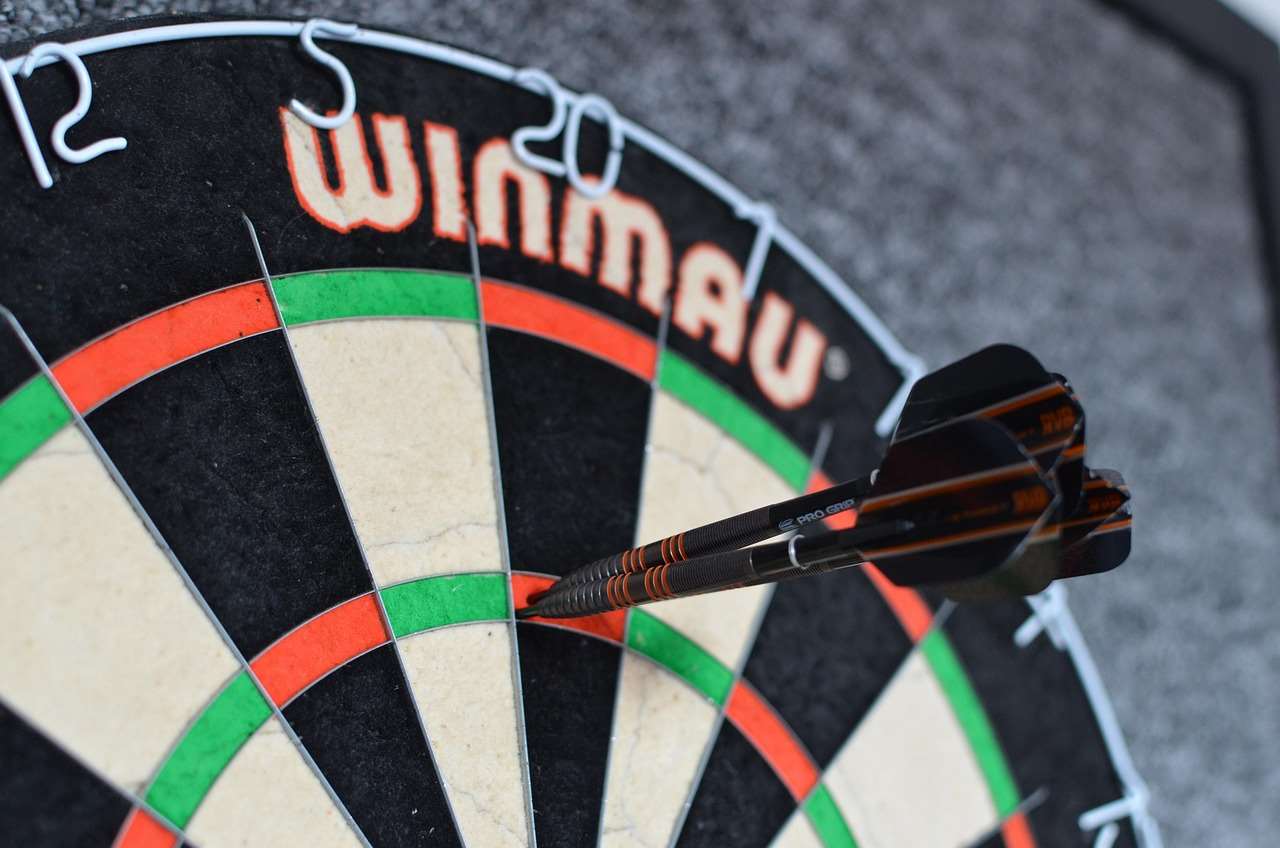
Maintaining Your Darts: Beyond Sharpening
Proper dart maintenance extends beyond simply sharpening the points. Regular cleaning and inspection are essential for maintaining optimal dart performance. This dart point sharpening techniques guide emphasizes that a well-maintained dart set will outperform a poorly maintained one.
Clean your darts after each session to remove any dirt, dust, or debris that might accumulate. This helps to prolong the life of your darts and keeps them in top condition. For more information on dart maintenance and Darts Equipment Maintenance Customization visit our related guides.
Understanding Dart Point Materials
Knowing the composition of your dart points can influence your sharpening technique. Steel points, for instance, are durable but require careful sharpening to avoid damage. Soft-tip points, typically made from nylon or plastic, are less durable and need gentler handling. This is a key consideration within this dart point sharpening techniques guide.
Choosing the right sharpening method for your specific dart point material is crucial for obtaining optimal results and preventing damage. Remember to always refer to the manufacturer’s instructions if available.
Properly maintained darts significantly improve accuracy and consistency. Addressing issues early such as a fixing loose fibers on dartboard can save you time in the long run and enhance your experience.
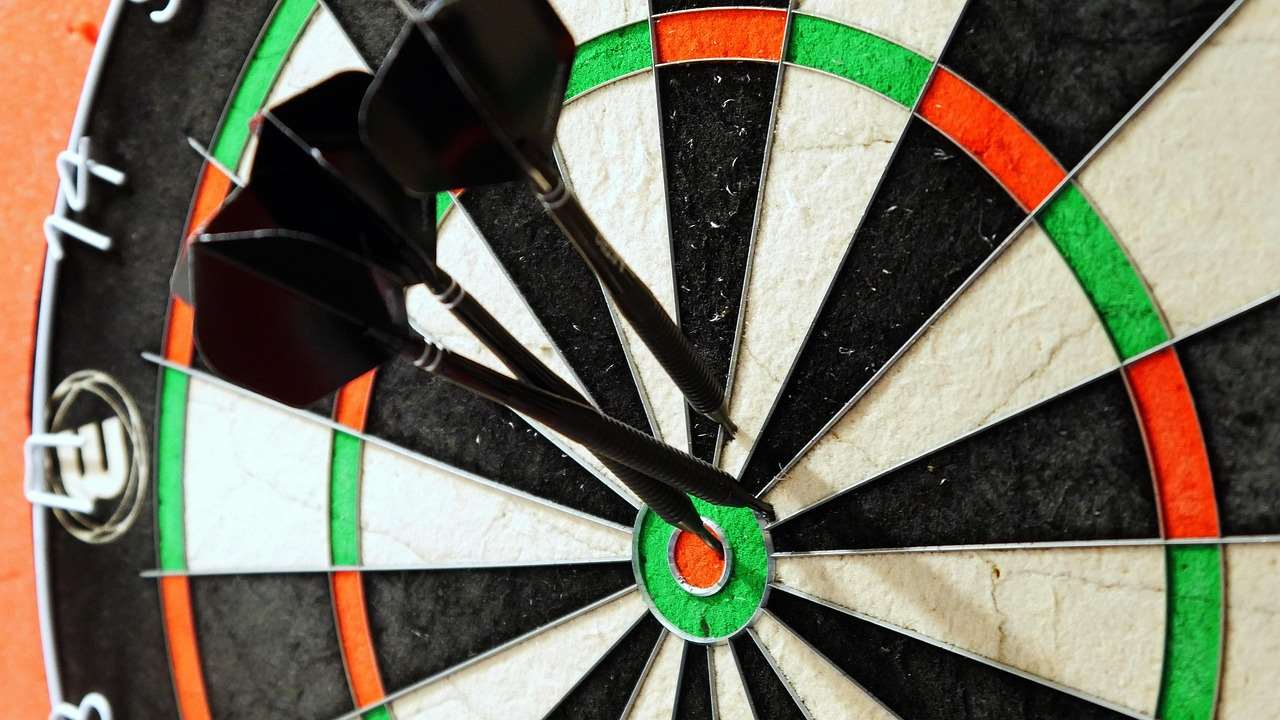
Advanced Dart Point Sharpening Techniques
For those seeking to refine their dart point sharpening skills, exploring advanced techniques can further enhance precision and longevity. These might include using specialized sharpening jigs or employing different sharpening angles to optimize dart performance. Always proceed cautiously, however, when trying advanced techniques. If you lack experience, start with the basic methods described in this dart point sharpening techniques guide.
Consider exploring resources dedicated to advanced dart maintenance and repair for more in-depth information on these advanced techniques. Regular maintenance is just as important as using the right dart shaft length and point length. This ensures that your darts are in optimal condition.
Conclusion: Mastering Your Dart Point Sharpening
This comprehensive dart point sharpening techniques guide has equipped you with the knowledge and skills to effectively maintain the sharpness of your darts. By following the techniques outlined, you can ensure your darts remain in peak condition, leading to improved accuracy, consistency, and a more enjoyable dart-throwing experience. Remember to always prioritize safety and patience throughout the process. Regularly inspect your darts and use the appropriate technique for your dart point material. Don’t forget to check out our other resources for more tips on improving your dart game!
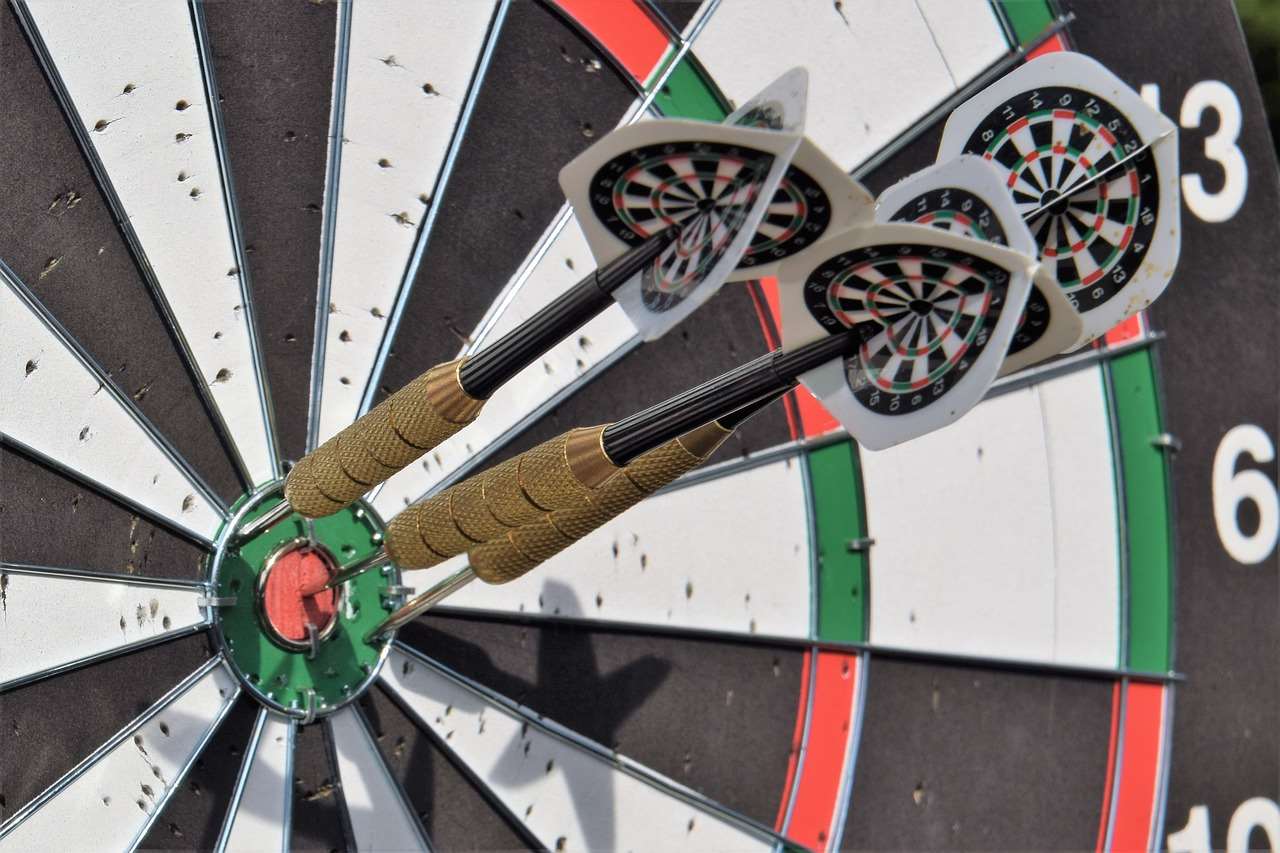
For more advanced maintenance and repair, consider reading our article on repairing small damages at home. This will further enhance your understanding of dart maintenance and help you extend the lifespan of your darts and dartboard.
Hi, I’m Dieter, and I created Dartcounter (Dartcounterapp.com). My motivation wasn’t being a darts expert – quite the opposite! When I first started playing, I loved the game but found keeping accurate scores and tracking stats difficult and distracting.
I figured I couldn’t be the only one struggling with this. So, I decided to build a solution: an easy-to-use application that everyone, no matter their experience level, could use to manage scoring effortlessly.
My goal for Dartcounter was simple: let the app handle the numbers – the scoring, the averages, the stats, even checkout suggestions – so players could focus purely on their throw and enjoying the game. It began as a way to solve my own beginner’s problem, and I’m thrilled it has grown into a helpful tool for the wider darts community.